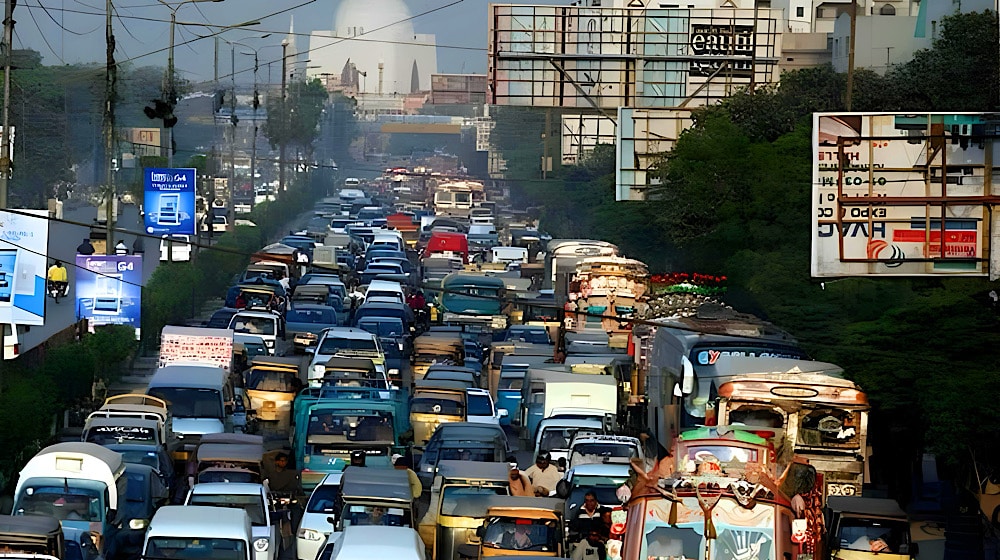Sindh’s cabinet has approved sweeping amendments to enforce Sindh vehicle age limits and stricter safety rules. The changes aim to modernize transport and reduce road accidents.
Transport Minister Sharjeel Inam Memon unveiled the new rules at a press briefing. He said the government will not issue permits for vehicles past certain age thresholds. These rules target heavy commercial vehicles first.
Age Limits by Route
Under the updated rules, vehicles must not exceed age limits based on route type:
- Inter-provincial routes: maximum age 20 years.
- Inter-city routes: maximum age 25 years.
- Within cities: maximum age 35 years.
Memon said these limits will remove old, unsafe vehicles from roads gradually.
Mandatory Fitness & Safety Checks
The new rules require all heavy commercial vehicles to obtain fitness certificates from designated transport centers. Vehicles will undergo road-worthiness tests to confirm compliance.
Owners who ignore the rules will face escalating fines:
- 1st violation: minor fine
- 2nd violation: up to Rs 200,000
- 3rd violation: up to Rs 300,000
The government will deposit all fines into the provincial account online.
They will enforce the rules within one year to allow compliance transition.
Safety Systems & Equipment
To boost road safety, Sindh now requires vehicles to install modern safety tech, including:
- GPS tracking devices.
- Front and rear high-definition cameras.
- Driver monitoring cameras.
- 360° camera systems.
- Under-run protection guards (to protect smaller vehicles in accidents).
If these systems remain disabled or are tampered with, officials can temporarily impound the vehicle. Owners have 14 days to fix the issue. If not, authorities cancel the registration permanently.
Rationale Behind the Reforms
Memon said outdated and poorly maintained heavy vehicles cause many accidents in Sindh, especially in Karachi.
He claimed the new rules will save lives and protect property. Road safety will improve, and transparency in the transport sector will rise.
These reforms align with calls from traffic safety advocates and public outcry after tragic collisions involving trucks.
Implementation & Enforcement
Authorities will phase enforcement over the next year so operators adapt.
Traffic police, excise, and transport departments have orders to monitor compliance strictly.
They must not show leniency toward violators of these reforms.
The road-worthiness tests will appear across districts to ensure wide coverage.
Officials also plan public awareness campaigns to educate transporters.
Challenges Ahead
Transport associations may resist some rules due to increased costs.
Rural operators will struggle more with installing pricey safety systems.
Monitoring and enforcement across Sindh’s remote areas poses a logistical challenge.
Authorities must ensure fitness centers operate efficiently.
They also must guard against corruption or selective enforcement.
Expected Impact
If properly enforced, Sindh vehicle age limits will remove old, high-risk vehicles from roads.
Crash rates, especially for heavy vehicles, should decline.
Commuters and motorists may see fewer accidents.
The transport sector will gradually modernize, improving public confidence.
Conclusion
Sindh’s bold step to amend vehicle age and safety rules marks a turning point in road regulation.
By enforcing age limits across inter-provincial, intercity, and city routes, and mandating modern safety systems, the province shows its resolve to improve traffic safety.
The success depends on fair, consistent enforcement, stakeholder cooperation, and public awareness.
If handled well, these reforms could set a model for other provinces to follow.







